Taste something new. Discover Japanese wine today.
Japanese wine. The past & future of wine in Nippon.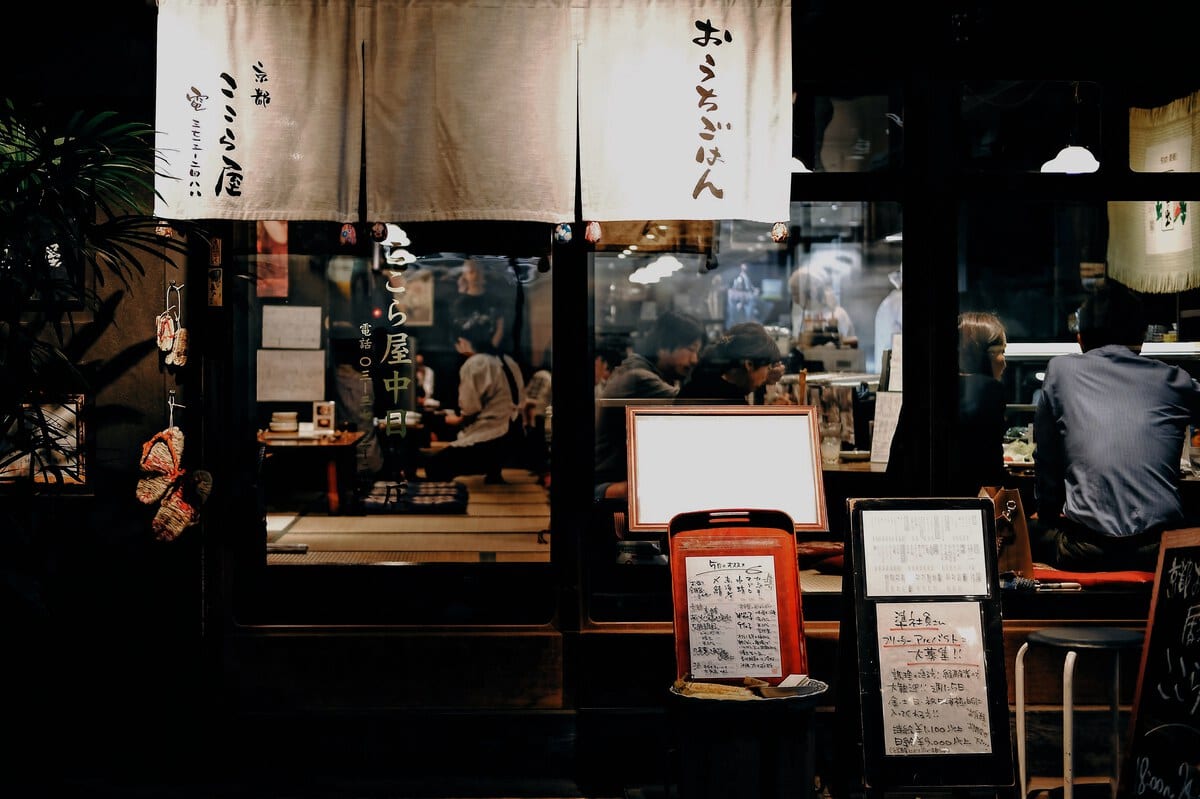
Photo by Danis Lou
For everybody Japan is the land of the Rising Sun, sushi, sake and even whiskey. But few people know that Japan has also been a winemaking country for over a century!
I’m one of them…
Not surprising, really, given my deep passion for this fascinating archipelago and my love for wine!
So, in this article let me tell you more about Japanese wine.
This love story starts with the growing “Westernization” that Japanese society has experienced during the last 20 years. With it, the interest in wine has been increasing and Japanese wine production has reached very interesting results!
A BIT OF HISTORY
Japan has been cultivating grapes for food for over a thousand years. But Japanese wine is only 150 years long. Winemaking starts in the XIX century, when two Japanese young men travelled to France to learn all about wine production.
Upon their return in 1870, they started making wine in Yamanashi, in a winery that later became Château Mercian. And Mercian is the most famous and old winery in Japan.
WINE REGIONS OF JAPAN
Ever since, winemaking has been expanding throughout Japan. There are more than 300 wineries in the country. Most of them are in four regions: Yamanashi, Nagano, Yamagata and northern Hokkaido.
First and foremost is the Yamanashi region. Here, the climate is damp and humid, often impacted by monsoon rainfalls, demanding extra care of the vines to keep the fruit healthy. Its 81 wineries account for 30% of the wine production in the country.
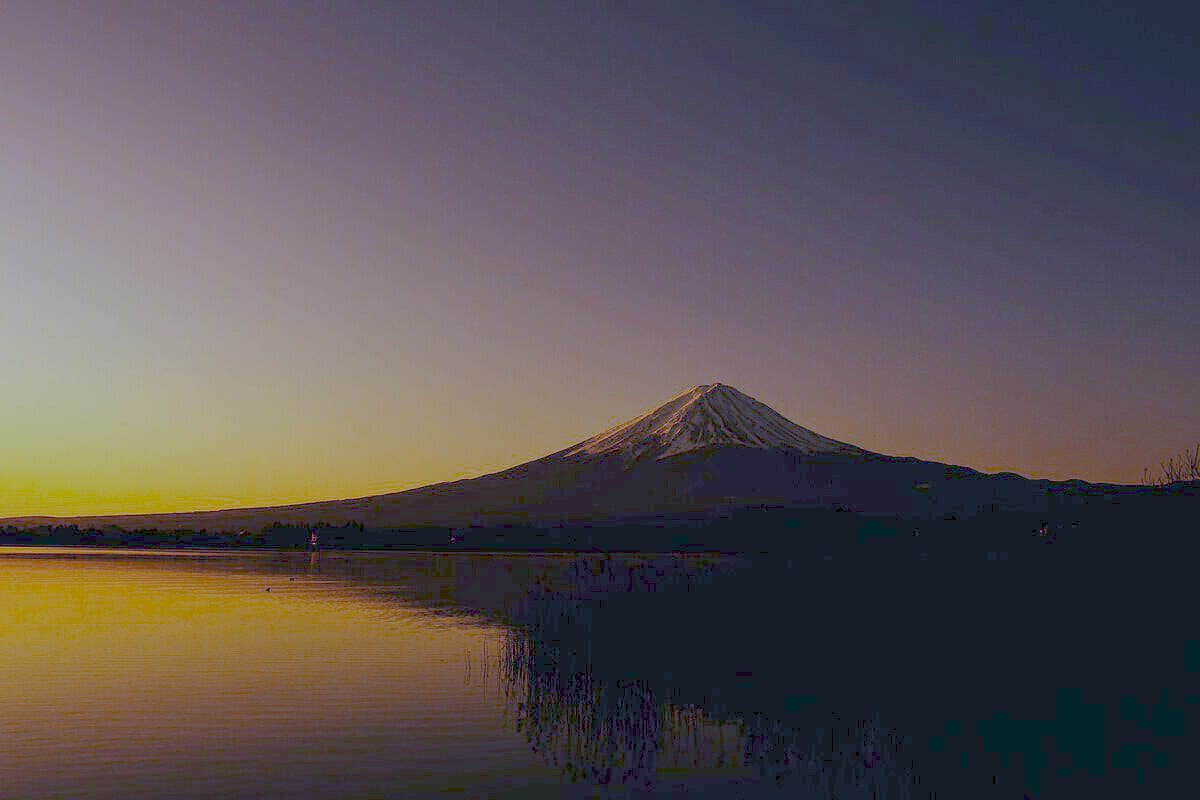
Photo by Atul Vinayak
Nagano region is surrounded by the Japanese Alps. The altitude, the contained rainfall, draining rocky soils and cool breezes, make it easier to keep the vines free of mildew. There are 35 wineries in this region.
Yamagata region has hard, cold winters. There are 14 wineries in the area.
Last but not least, the northern Hokkaido island. Even being at the same parallel as Rhone Valley in France, Hokkaido experiences extreme winters. The soil gets covered with metres of snow for several months at a time. And yet it counts 35 wineries.
GRAPES OF JAPAN
There are plenty of varieties used for making wine in Japan. But in 2013 the International Organization of Vine and Wine (OIV) recognized two varieties as truly Japanese in origin.
KOSHU
Koshu is the main and most widely spread white varietal. It is the predominant variety planted in Yamanashi, accounting for over 50% of the production. Koshu wines display hints of citrus and pleasant fruity flavours, refreshing acidity and relatively low alcohol. These wines are delicate and sleek and pair well with typical umami flavours of Japanese cuisine.
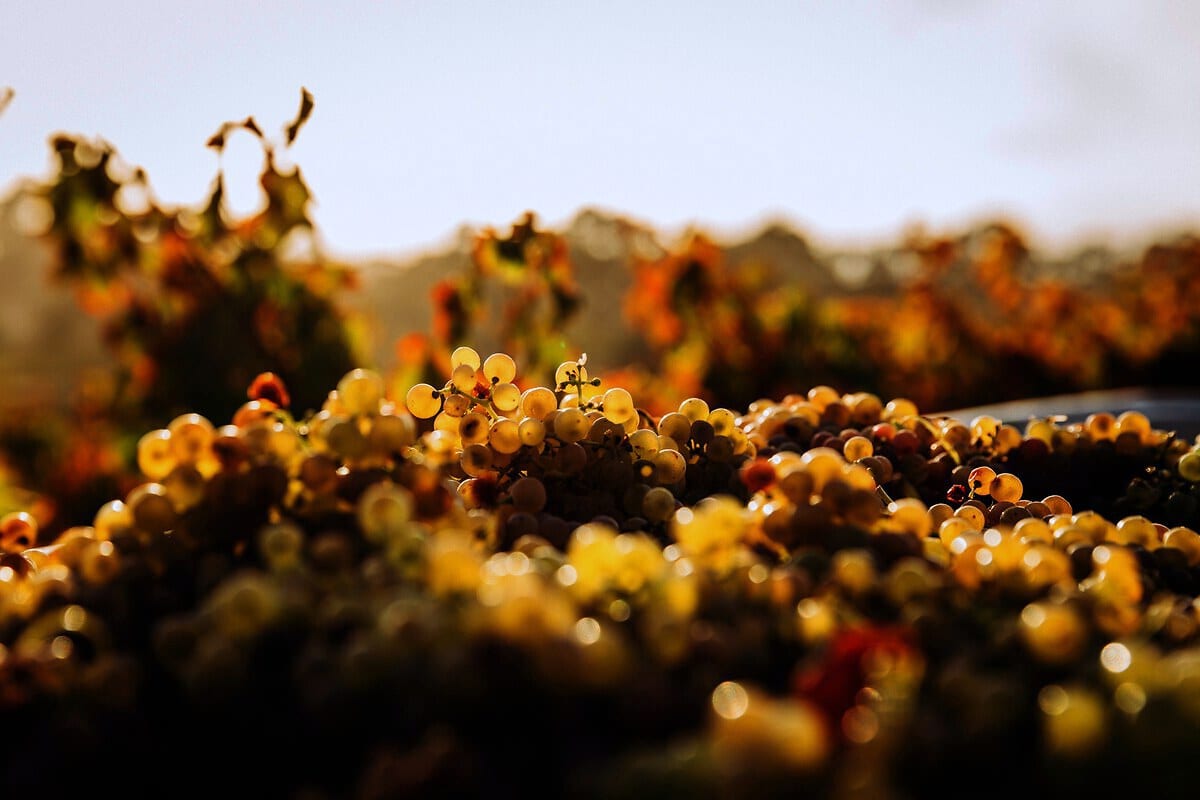
Photo by Thomas Schaefer
MUSCAT BAILEY A
Muscat Bailey A is a red variety. It is grown across the country, providing a great range of flavours and aromas of cherries and berries. Muscat Bailey A is suitable for easy-going light, drinkable reds, but it is also widely used for oak-aged wines.
OTHER GRAPES
Varieties such as Niagara, Delaware and Concorde were introduced in Japan at the end of the XIX century. At the beginning they served as table grapes, but are now also used in winemaking.
INTERNATIONAL GRAPE VARIETIES
The typical old world grapes have become increasingly popular from the second half of 1970. It is common to find Japanese wines made with Merlot, Cabernet Sauvignon, Sauvignon Blanc and Chardonnay. Also, other western varieties like Riesling and Pinot Noir are now making their way in the Japanese fields.
DOMESTIC WINE VERSUS JAPANESE WINE
For many years, the label “domestic wine” was loosely used in Japan. So much so that any wine that was bottled in Japan could be labelled as domestic. Wines with this label were made fermenting imported grape juice, others were bulk wine imported in the country and only bottled in Japan.
To stop this confusion, in 2018 a new labelling system entered into force. All the wines labelled as Japanese wine are made with grapes grown and fermented in Japan. The label must show the year, region and grape variety, and the winemakers must show proof of traceability.
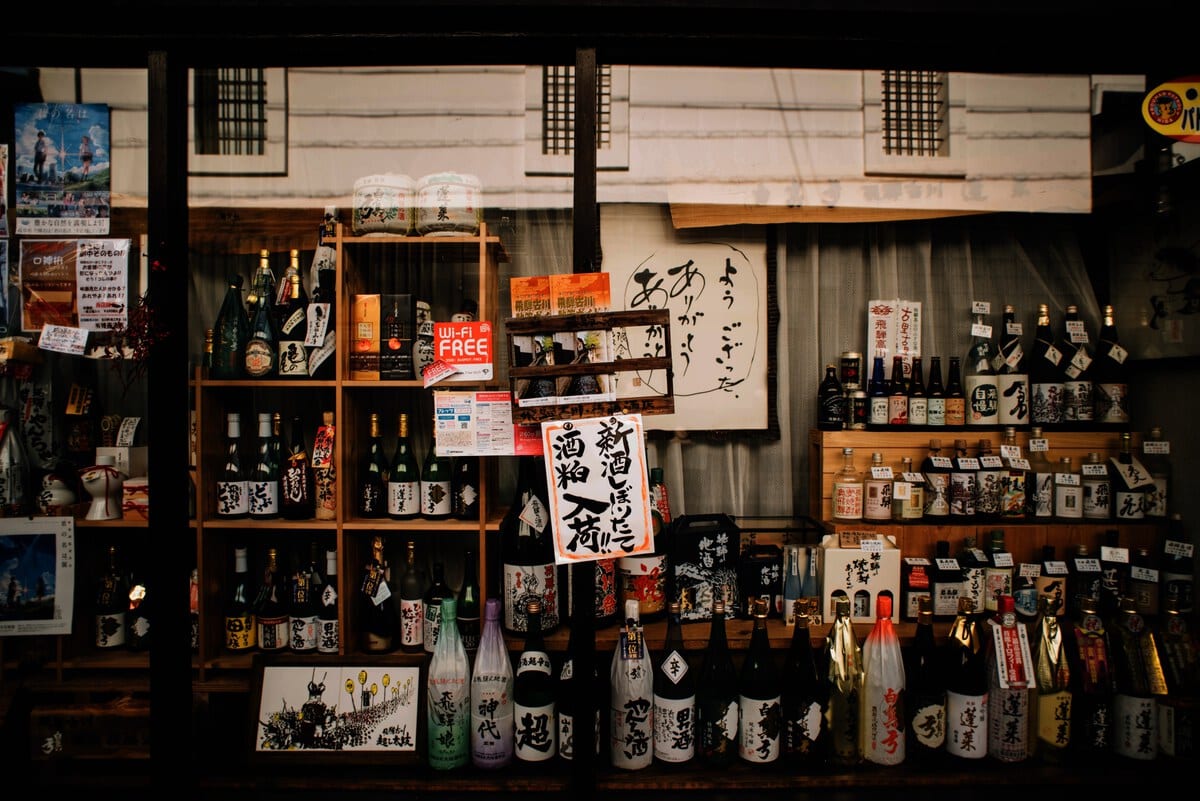
Photo by CHUTTERSNAP
Wine produced in Japan is very diverse due to the wide variety of grapes and climates. The common denominator is the delicacy and purity of these wines. In a country traditionally dominated by sake and beer, Japanese wines are becoming more and more popular. And the increasing exposure of the country to western culture is just helping this process. Unfortunately it is still difficult to find Japanese wines in the shops outside of Japan. When and if you do, I’d suggest you try some of these bottles. You’ll be up for a truly interesting experience!
JAPANESE WINE: MY TOP SELECTION
OTARU PINOT NOIR 2016 - Tsurumura winery, Hokkaido
Global warming has made possible to start growing grapes in Hokkaido, the northern and coldest region of Japan. Here, producers are focusing on grape varieties that stands well cooler climates, such as Muller Thurgau, Kerner and Pinot Noir. And they are having great results!
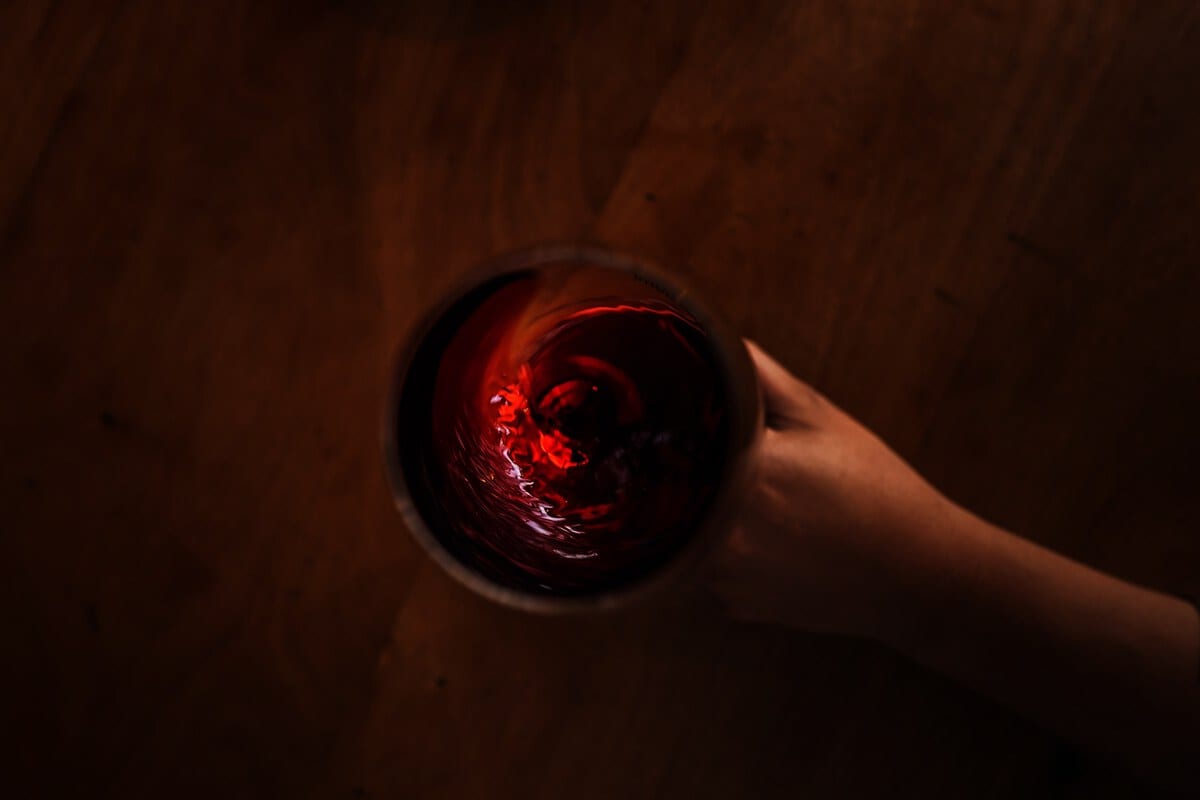
Photo by Mauro Lima
Otaru 2016 has been ageing in oak barrel for 15 months and is a limited edition with only 4400 bottles available for sale.
The wine is fruity, mineral and elegant. The mouthfeel is supple and the finish refined and very pleasant.
PRESTIGE CLASS ORANGÈ, 2018 - Lumière winery, Yamanashi
Yamanashi is one of the biggest wine regions in Japan and Lumière one of the most established wineries in the country.
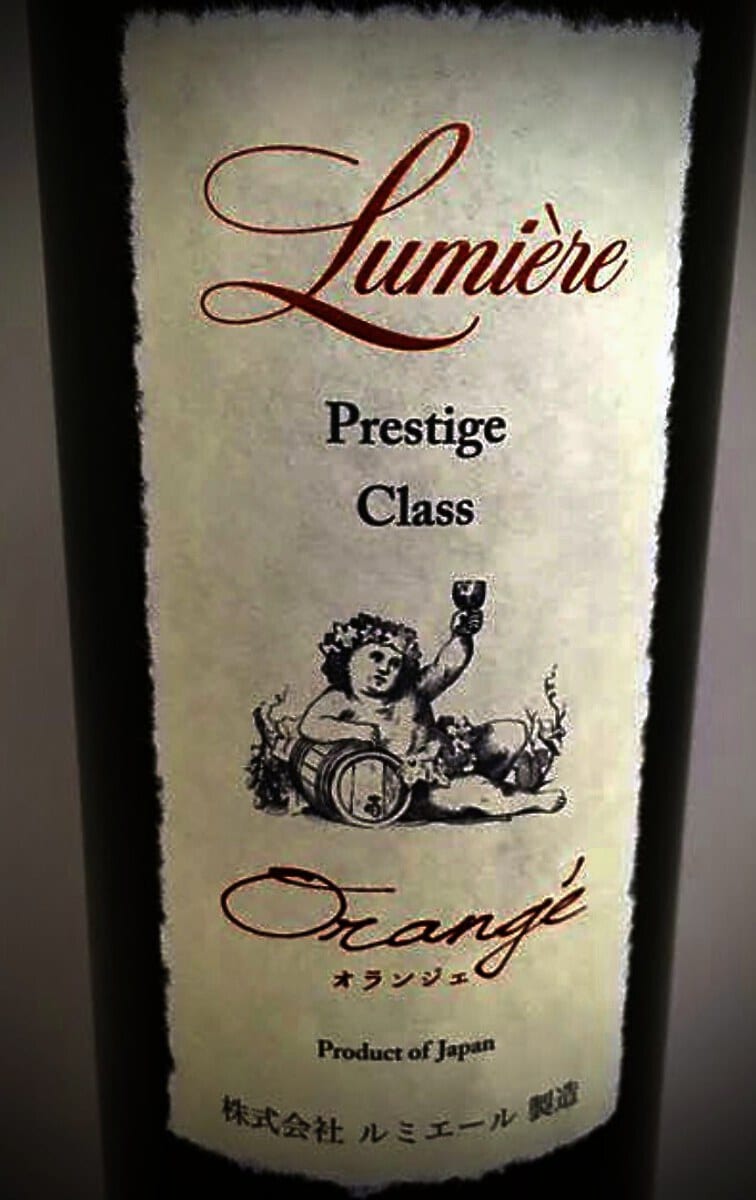
This wine is made with Koshu grapes, one of the truly indigenous grapes of Japan. But this bottle is far from being “common”.
It undergoes carbonic maceration and the grape juice spends two weeks in contact with its skins to soak up flavour and colour. The result is a deep golden wine with notes of almond and ripe apricot, orange zest and chrysanthemum. The wine is full body and the mouthfeel a touch grippy with lovely tannins!
AKENO 2017 - Grace Wine
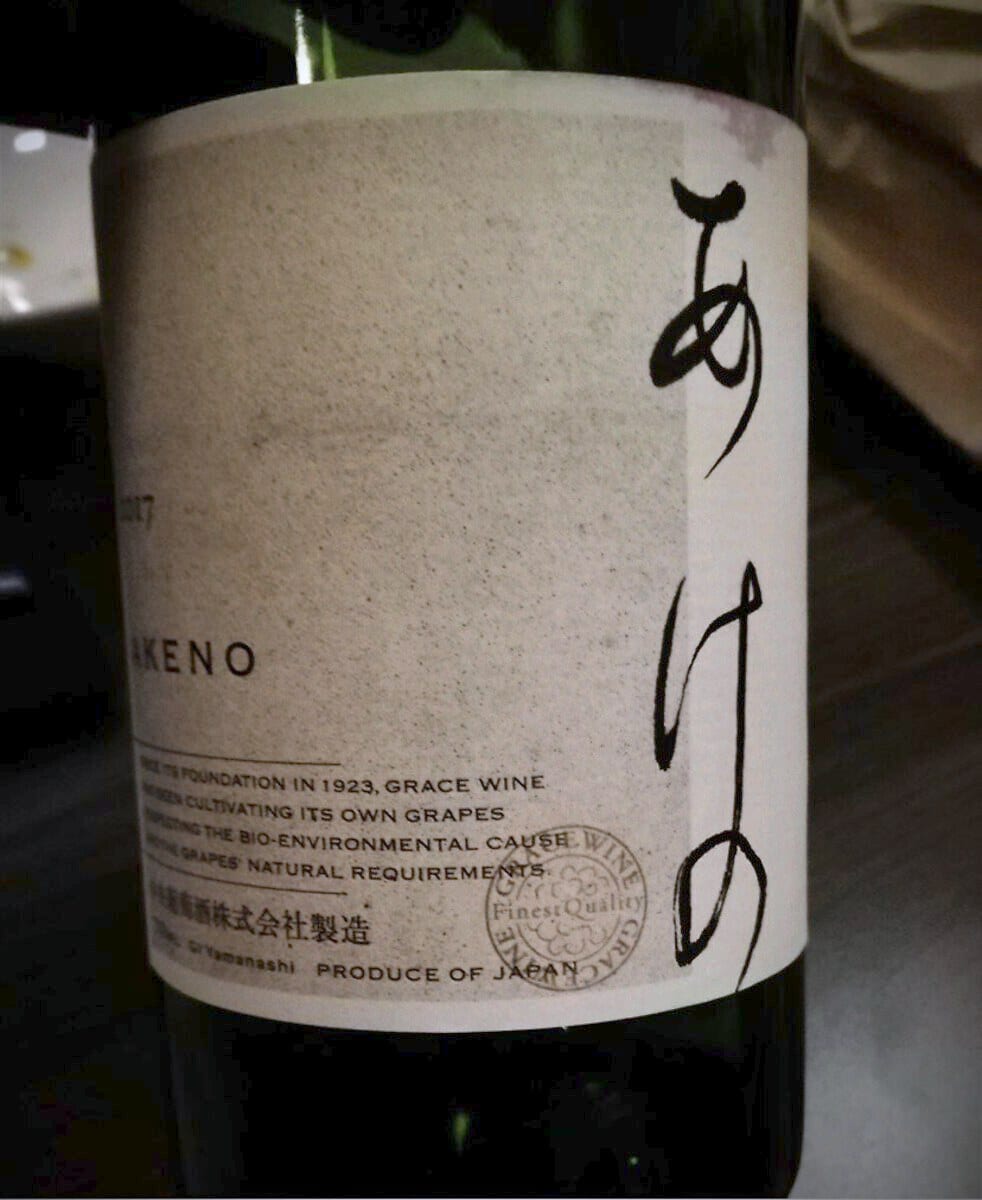
This Bordeaux blend is truly surprising. It’s floral and elegant but also savoury and toasty with notes of coffee and dark chocolate closing the tasting. Very elegant both on the nose and on the palate and with a great texture in the mouth. The finish is rather long and pleasant.
I hope you enjoyed this short guide to Japanese wines.
Are you intrigued by Japanese or Asian wine? Are you planning a trip to Japan? Or are you living there and looking to experiment more with the local wines? Please reach out on Twitter or Instagram to tell me more about you and your love for wine. It will be great to hear from you!
